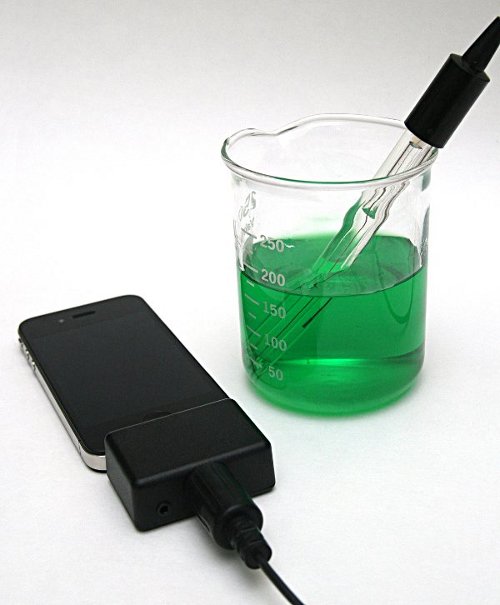Be aware that there is an alternative way to reuse soil. We did almost exactly as Gascan did for several years when using 5 gallon pails for growing.
When we switched to an indoor facsimile of our outdoor beds we used stacked bins and left the soil fully intact, treating it with liquid amendments and teams of composting worms between planting.
This allowed fungal networks and layered (heirarchical) microbial populations to remain intact.
Were I to do this again [not presently growing indoors] I would attempt replanting almost immediately following harvest because the interaction between roots and microbes has a lot to do with the life of soil [as demonstrated previously by Mr Fista]
Brilliant.....
I like it...the more I stroll down this path the more I realize MM has pioneered the practices we (organic nut jobs and purists) are eventually going to come to on this journey.







